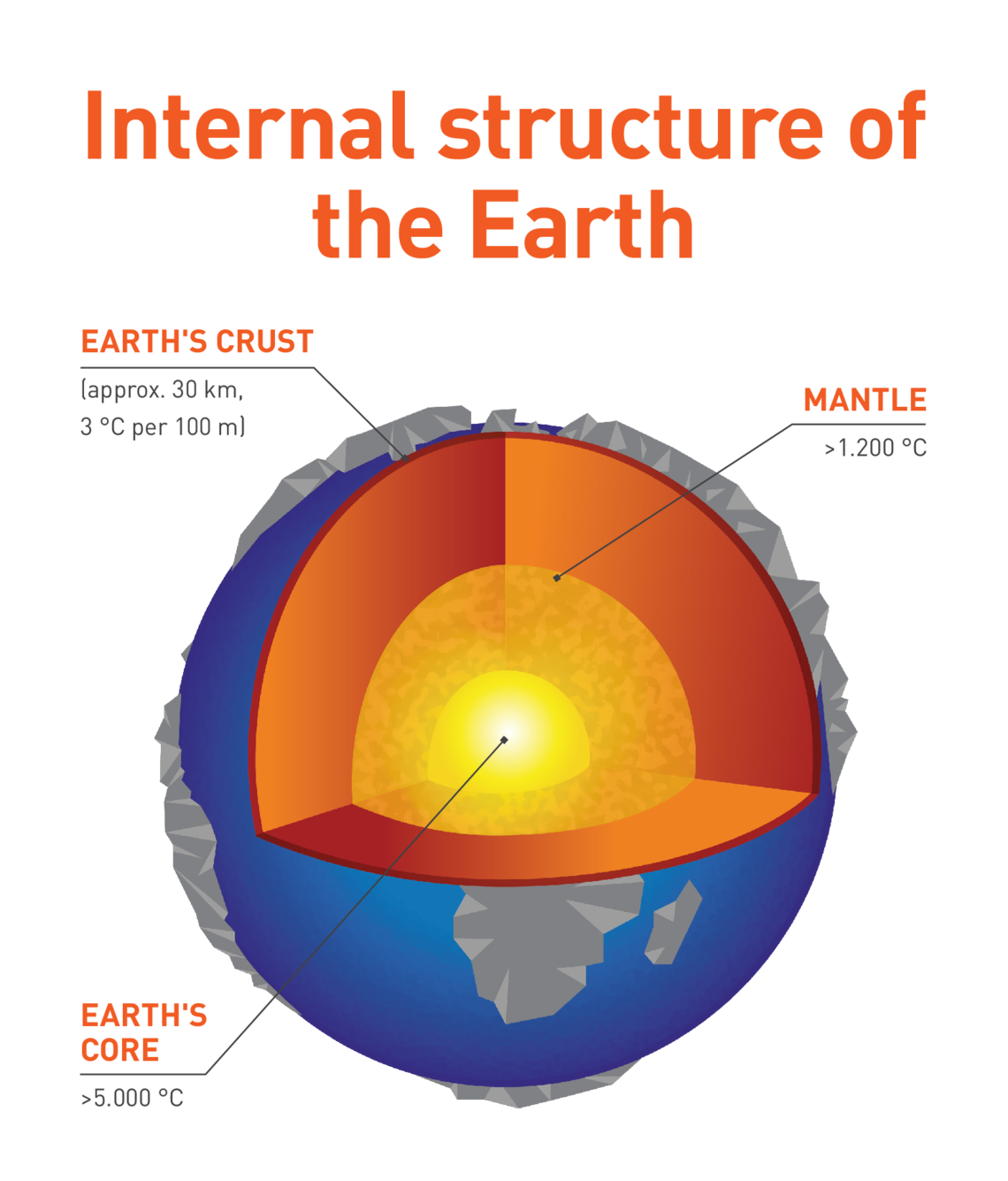Hydrothermal geothermal energy

Our earth provides us with an inexhaustible source of heat. This comes from the Earth's interior, which is over 5,000 degrees Celsius hot and renewable due to the constant decay of radioactive elements. Temperatures begin to rise continuously just a few meters below the Earth's surface. This is known as the “geothermal gradient”. In Germany, this gradient averages three to four degrees per 100 meters, which means that at a depth of 3,000 meters, temperatures of around 100 degrees Celsius can be expected. Depending on the location, the geological structure of the subsurface, and the area of application, various forms of geothermal energy can be utilized. In addition to shallow geothermal technologies such as downhole heat exchangers, which can be coupled with a heat pump to supply individual buildings, larger systems are also possible.
Hydrothermal geothermal energy exploits natural deep-water deposits that occur in porous and fractured rocks such as limestone or sandstone and along fracture zones. The hot deep water can circulate within these layers. When combined with the rock's pore space, it forms a reservoir. With the help of two wells, a production well and an injection well, the deep water in the reservoir can be brought to the surface. It is then cooled in a heat exchanger, and transfers the heat to a secondary circuit (e.g. district heating circuit) before being returned to the extraction layer, where it is reheated and continues its cycle.
